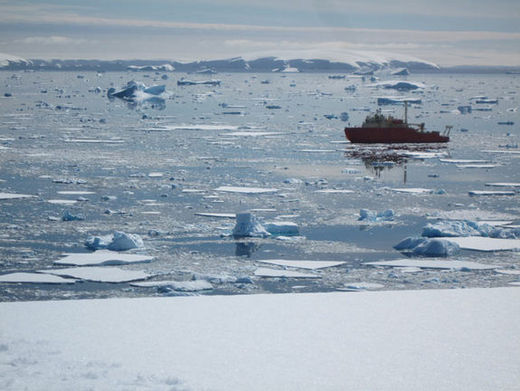
© geniusbeauty.comUnique Solutions Limited's "mybestfit" kiosk
There has been a lot of controversy surrounding body scanners at the airport since they began producing nude photos of the public. While many have complained about the new technology, Unique Solutions Limited has found a new use for it that keeps the public's clothes on.
Unique Solutions Limited, which was established in 1994, specializes in personalized shopping. It originally started out as a company that provides custom sewing patterns tailored to fit customers' body shapes perfectly. Its goal is to provide clothing that fits an individual, since many clothing stores offer set sizes that may or may not fit the way they should. The company has expanded to offer technology that can provide this convenience.
Unique Solutions' newest technology is called "
mybestfit," and it utilizes the body scanning technology used in airports -- except it keeps your clothes on.
Mybestfit was developed by the Pacific Northwest National Laboratory, and Unique Solutions Limited licensed the technology from Batelle, which manages the laboratory.
Mybestfit utilizes radio waves to penetrate clothing and "bounce" signals off the body. These signals are then sent to a computer, and the data is used to calculate exact measurements of your waist, hips, arms, legs and weight. These measurements are given to the user, and they use such measurements to decide which sizes to buy at the store.
The mybestfit kiosk was first placed at the King of Prussia Mall in Pennsylvania, and is a free service. It was made to increase shopping convenience, since some shoppers either do not know what size they are, or are too embarrassed to reveal their size and weight to store assistants.


Comment: Personal integrity, love of truth, fairness, conscience, no conflicts of interest, taking responsibility, unbiased scientific research, etc. These are pretty words that we all learned to associate with members of scientific community. And why not? After all, they are supposed to be the brightest of us all; the ones that help to create a better future.
The problem with such association is, that it is no more than an illusion, and a dangerous one at that, especially when we provide scientists and whoever funds their research with a silent consent to shape, control and influence our lives any way they see fit. Take a look at the following quotes to understand what is really going on in the scientific community: In 2007 Professor Richard Lindzen described in the Wall Street Journal the tremendous pressure upon scientists to conform to the manufactured consensus of Global Warming: